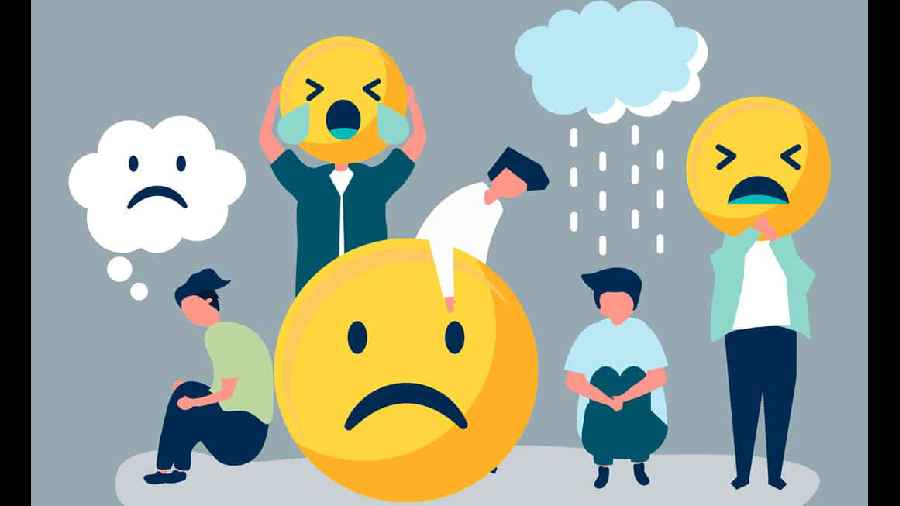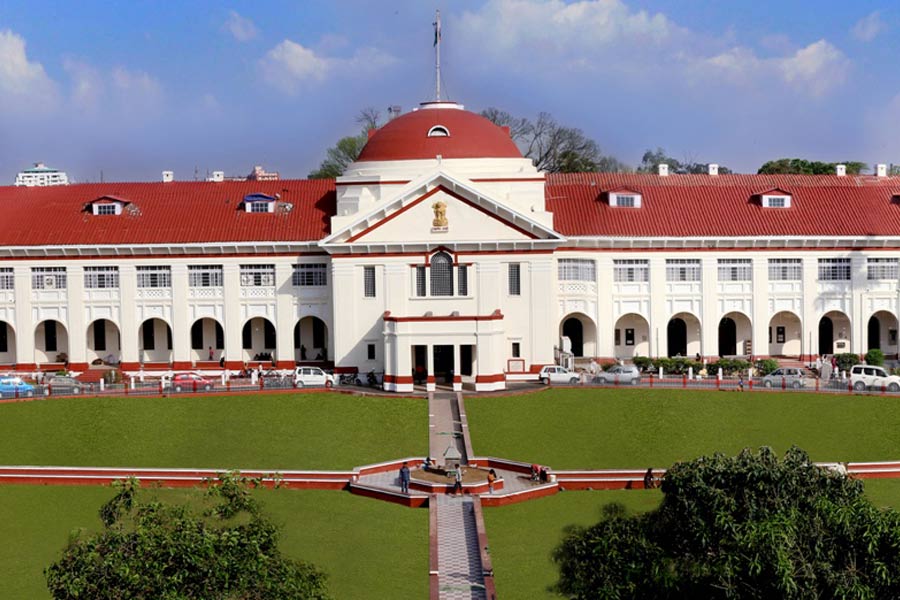Negative emotions such as stress, anger, sadness and worry have increased among Indians post-COVID-19 pandemic with struggle and suffering increasing in recent times, a study has found.
According to 'The State of Happiness 2023' report by consulting firm HappyPlus, negative or unhappy experiences are on the rise with 35 per cent of the respondents stating that they have felt such emotions compared to 33 per cent in 2022.
Arunachal Pradesh tops the list of negative emotions with 60 per cent of the respondents from the state claiming they were unhappy, followed by 58 per cent in Madhya Pradesh and 51 per cent each in Gujarat and Uttar Pradesh, it added.
On the other hand, positive emotions among Indians have dropped to 67 per cent from 70 per cent in the year-ago period. The life evaluation score, which is subjective well-being, has also dropped to 6.08 points out of 10 in 2023 from 6.84 points in 2022. The survey inferred that many aspects of life make Indian people unhappy with the top five reasons for negative emotions being financial issues, workplace pressure, societal norms, loneliness and isolation, and uncertainties after the COVID-19 pandemic.
The report, which was prepared based on responses from 14,000 people from across 36 states and union territories, stated that the student population has seen the highest rise in negative experiences and was impacted the most in the overall outcome.
"People below 18 years and above 60 years are experiencing anger or sadness higher than any other age group in India. It also found 5 out of 10 reported as unhappy persons in comparison to 2 out of 10 in the previous year," HappyPlus Senior Director and Research Head Shyamasree Chakrabarty said.
Relationship issues and work life have pulled down the scores along with the lack of social support in India, she said, adding "these points need to be addressed soon".
The report said 20 per cent of Indian people are suffering in 2023 compared to 12 per cent in 2021, while 63 per cent of people are struggling as against 49 per cent in the previous year. On the other hand, only 17 per cent of Indians feel that they are thriving compared to 39 per cent last year.
Though people started coming back to normal life in 2022 after recovering from pandemic-induced restrictions, their struggle has increased as the rise in the number of job loss cases or continuous fear of 'job losses' added insecurities in life, the study opined.
"Global economic scenario and constant glooming news of global recession have its share in the rise of stress and unhappiness. Indians are also struggling from a silent pandemic -- loneliness and isolation. Loneliness has been recognised as one of the major public health concerns across generations," it added.
HappyPlus founder and CEO Ashish Ambasta said individual happiness has a direct influence on mental and physical health, which lead to distress and slow down economic, social and environmental growth.
Every year, the UN publishes the 'World Happiness Report' and helps examine the effects of happiness and life satisfaction in nations and communities. As per the 2022 report, India's rank was 136 out of 146 countries.
"Our happiness state rankings are based on life evaluation questions, social support, freedom to make life choices, corruption perception, positive and negative impacts and wellbeing index.
"Also, state-level parameters like per capita net state domestic product, CPI, literacy rate, healthy life expectancy at birth, MPI and health index are considered," Ambasta said.
Except for the headline, this story has not been edited by The Telegraph Online staff and has been published from a syndicated feed.










